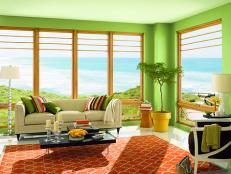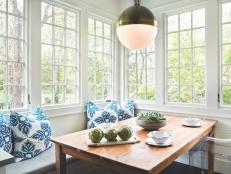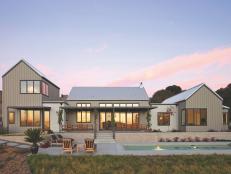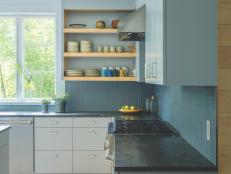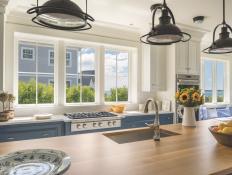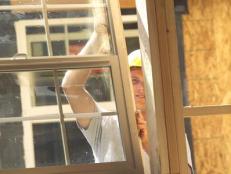Windows for Different Regions
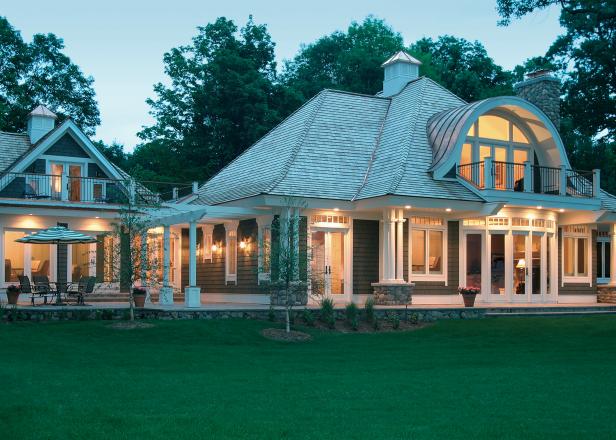
Choosing windows isn't as simple as going with a look you like. Durability and performance are key factors to be considered, and windows will perform and age differently in different areas of the country. Here's a guide to what to look for and what to avoid depending on where you live.

Pacific Northwest
Residents of this area love their views, and finding windows that offer plenty of glass without sacrificing energy efficiency is essential.
Best choices: Moisture-resistant window materials such as vinyl, wood-resin composite and fiberglass will hold up well. Choosing windows with a high resistance to temperature transference is a must; look for U-values of 0.3 or lower for optimum insulative properties. On the flip side, summer is a traditionally mild, short season here, so look for windows with a higher solar heat gain coefficient (SHGC).
Worst choices: Most wood windows today are made from soft, fast-growing species such as pine that offer little rot resistance, and they can be a risky choice in moist climates. If there are any imperfections in the cladding, water can seep through and penetrate the wood structure.
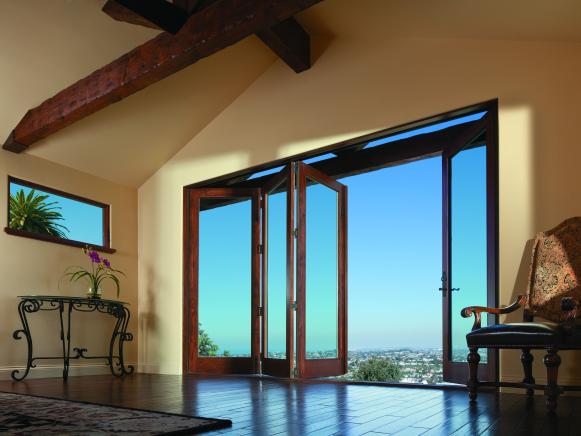
Photo by Steve Henke (buyout)
Southwest
This region is one of climate contrasts: temperate in the summer and cool in the winter. Windows with some insulative protection are needed.
Best choices: To protect from the intense sun, look for windows with good solar heat resistance; any SHGC below 0.3 is excellent. Spectrally selective coatings, which allow visible light to pass through glass but resist heat-causing rays, can be a good choice for making the most of natural light without sacrificing efficiency.
Worst choices: The housing boom was like a second gold rush for the region. Builders from across the country rushed into the white-hot market with hopes of hitting it big. Reports of shoddy construction are now commonplace, and this includes problems with windows. Cheap single-pane windows with very little solar heat resistance can be a utility-draining nightmare for homeowners in the Southwest.

Midwest
Homes in this area face torrential rains, whipping winds and the possibility of tornadoes. Summers can be hot and humid, and subzero winter weather is a given.
Best choices: Most homes in the southern and central Midwest would benefit from windows with SHGC and U-values of 0.3 or lower. But the northernmost reaches would benefit from a higher SHGC. Homeowners in especially windy areas should also consider casement windows; window experts say they perform better during high winds.
Worst choices: Skip window frames made from conductive materials like aluminum; while strong, they transfer thermal energy. Single-pane windows are the worst glass choice, but double-pane windows without insulative gas filling or low-emissivity coatings aren’t going to offer significantly improved thermal performance, either.
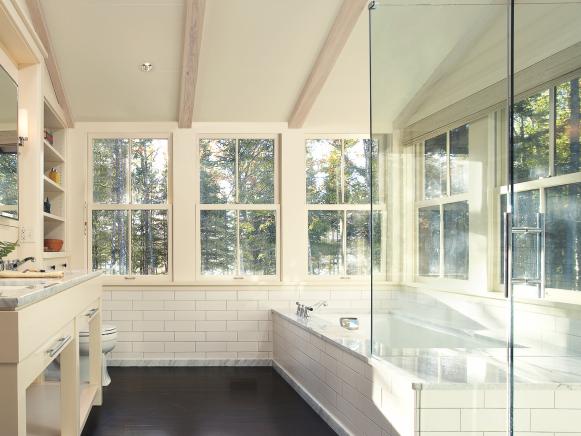
Northeast
Double-hung wood windows abound among Colonials and Cape Cods in this area.
Best choices: Wood is one of the least thermally conductive materials available, and good-quality wood windows can last for decades. Look for windows with U-values and SHGCs of 0.3 or lower; they'll have at least two layers of glass separated by a gas barrier, along with low-E coatings.
Worst choices: The worst thing a homeowner can do is take out a historical hardwood window that's still in good shape and replace it with a new unit. Experts say these wood windows have amazing insulative powers and were built with far better craftsmanship than you'll find in any factory-produced modern window. If you're still worried about efficiency, consider installing storm windows.
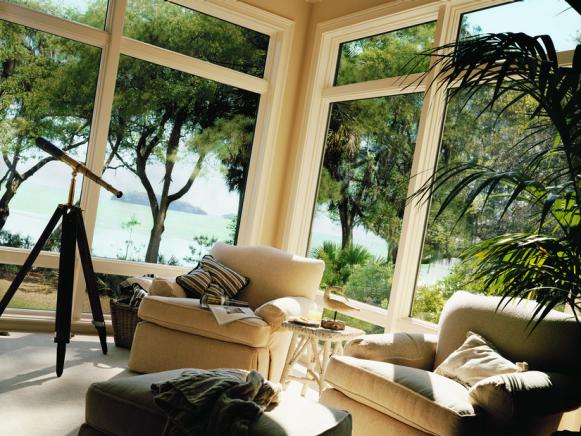
Photo by Ron Crofoot (buyout)
Southeast
In this region, windows that block out solar heat will take a load off your air-conditioning unit and your summer electric bill.
Best choices: A relatively basic double-pane, gas-filled vinyl window should provide sufficient cold-weather protection for homes in this climate. Instead of spending money on more expensive frame materials or lower-U-value construction that will offer diminishing returns, Southern homeowners should splurge on spectrally selective low-E glass, which blocks the entire solar spectrum except for visible light. The result is a solar heat gain reduction of as much as 70 percent over regular insulated glass.
Worst choices: Windows that don't have any kind of solar-heat-blocking low-E coating will have Southeastern homeowners cranking up the AC and, because of poor air-infiltration resistance, battling hot, humid air that can seep into the house (which can also lead to mold growth).
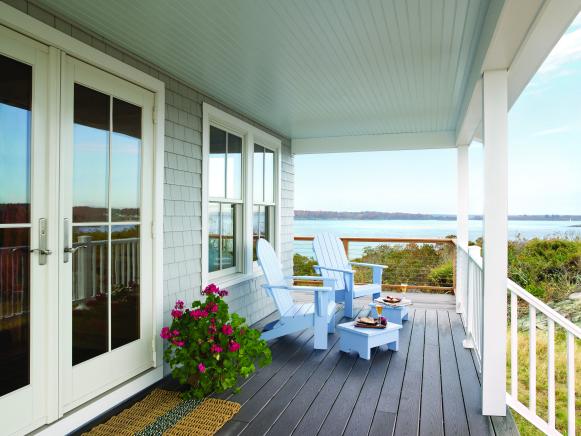
Photo by Scott Dorrance (Buyout)
Coastal Southeast
Hurricane resistance and strict window regulations are major considerations in this area.
Best choices: When a storm blows out windows and doors, the structural integrity of the home is in jeopardy. Building codes now require windows resistant to impact, structural pressure and air and water leakage. The most common window frame material in south Florida is aluminum, one of the strongest structural materials available for windows.
Worst choices: Vinyl is weak and prone to bending and warping. Surprisingly, wood may be an even poorer choice for this area. The pressure resistance of wood is similar to that of vinyl, but wood windows don’t stand up well to wet weather and insects.






